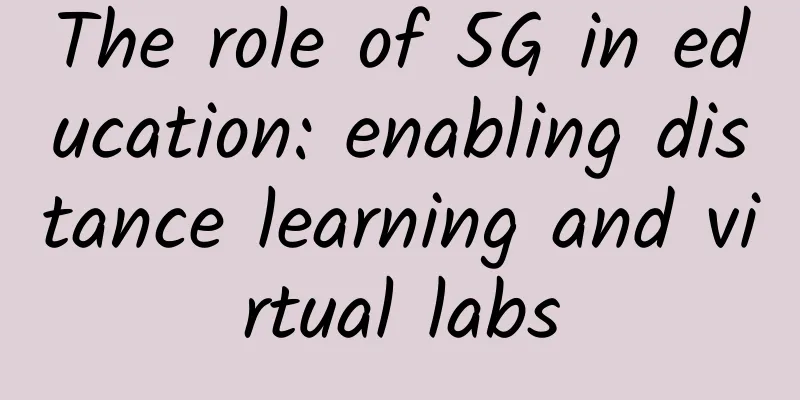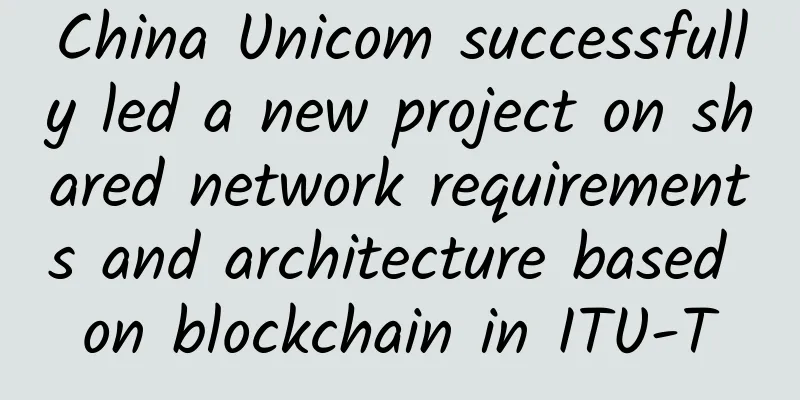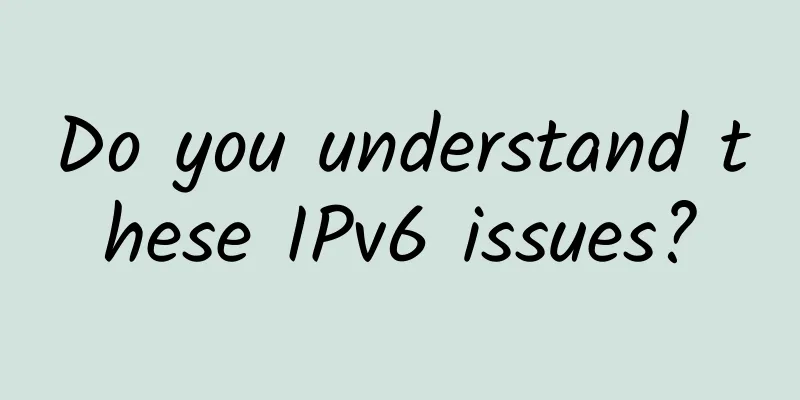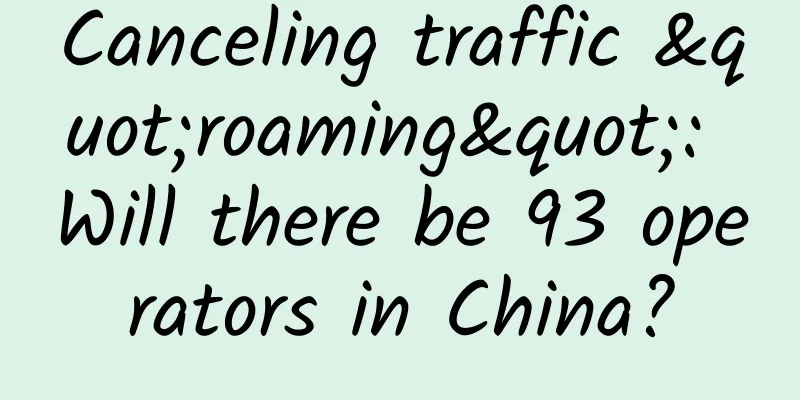The role of 5G in education: enabling distance learning and virtual labs

5G Education RevolutionIn the wake of global challenges that have upended traditional learning models, the education sector is turning to innovative solutions, with 5G poised to redefine the way we teach. 1. Release high-speed connectionSeamless video conferencing: 5G’s ultra-fast data speeds and low latency make real-time, high-definition video conferencing a reality. This improves the quality of virtual classrooms and enables smoother interactions between educators and students. Learn Anywhere: 5G’s ubiquitous coverage enables students to access educational resources and participate in real-time classes from virtually anywhere. This flexibility breaks down geographic barriers and enables students in remote or underserved areas to receive an education. 2. Empowering virtual laboratoriesImmersive experience: Traditional labs often face limitations in resources and accessibility. 5G helps create virtual labs with immersive experiences. Students can conduct experiments, manipulate virtual objects, and perform real-life simulations, thereby enhancing their understanding of complex concepts. Real-time collaboration: 5G-based virtual labs enable students and researchers to collaborate in real time, regardless of their physical location. This collaborative aspect fosters a sense of community and shared learning experience, similar to traditional face-to-face labs. 3. Augmented Reality and Virtual Reality in EducationAugmented Reality and Virtual Reality Learning: 5G’s low latency transforms the use of augmented reality and virtual reality in education. Interactive simulations: With 5G, interactive simulations become more responsive and realistic, providing students with hands-on experiences that were once limited to physical classrooms. This helps deepen understanding of the subject and strengthens memory. Changing the future of educationIn conclusion, 5G is about more than just faster internet; it’s about faster internet speeds. It’s about redefining what’s possible in education. As we embrace 5G’s potential for remote learning and virtual labs, it’s clear that we are on the cusp of a new era in education, where geographic boundaries are erased and immersive learning experiences become the norm. The journey to a more connected, more accessible education system has just begun, and 5G is the catalyst that propels us toward this promising future. |
<<: Interviewer asked: What are the functions of the wait and notify methods in threads?
Recommend
Shumai Technology: Hong Kong independent server from 326 yuan/month, optional CN2+BGP/Huawei premium network, 20% off for the first month
Shuhost Technology has launched a year-end promot...
5G commercial use please wait for low-consumption users
In recent days, major operators' apps have pl...
Kunpeng University Tour is coming soon. How can the Sichuan-Chongqing Twin Cities Economic Circle be without Kunpeng?
[51CTO.com original article] At 2:00 pm on Thursd...
In addition to the ping command, these network commands are also very useful
What we are going to talk about today is other co...
6 ways 5G will change IoT solutions
The implementation of 5G will facilitate the deve...
Dwidc: Hubei 400G high-defense VPS starts at 12 yuan per month, high-defense independent server starts at 385 yuan per month
dwidc (Dawang Data) is the site of Shaanxi Securi...
RAKsmart cloud server starts from $1.99/month, 30% off, available in US/Hong Kong/Japan/Singapore data centers
Let's pay attention to the information of clo...
[Black Friday] DMIT consumption rebate, 20% off Japan VPS, 50% free traffic in Hong Kong/Los Angeles
DMIT.io also launched a promotion during Black Fr...
What is 6G? It may appear in 2030, crushing 5G without any pressure
5G has already been deployed, so what about 6G? W...
CloudCone: $14.11/year KVM-1GB/20GB/5TB/Los Angeles data center
CloudCone also launched promotions during the Dou...
HostSlick: €37/year KVM-2 cores/2GB/240G SSD/15TB@10Gbps/Netherlands VPS
HostSlick has launched a Christmas/New Year's...
5G commercialization has arrived, how far are 6G and the "terahertz era"?
On October 31, 2019, the three major operators an...
RackNerd cheap VPS summary starts from $9.89/year, self-service IP change, multiple data centers in Los Angeles/San Jose/Seattle/New York, etc.
Two months ago, I did a summary of RackNerd's...
A must-read for professionals! Intuitive diagrams of weak current subsystems!
The most direct and effective way to get familiar...









